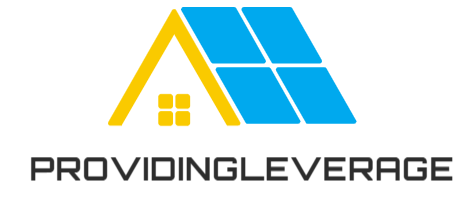In the vast landscape of the terminal, where commands and scripts reign supreme, the concept of the PATH variable stands as a crucial highway for your system to locate and execute programs. Recently, while chatting with a friend about how to add a directory to the PATH, I realized that what seems like second nature to seasoned terminal users can be a bewildering task for those new to the scene. Despite numerous online resources, I struggled to find a truly comprehensive guide that covered all the nuances, from shell – specific intricacies to common pitfalls. So, I decided to pen down a detailed roadmap, filled with practical tips and hard – learned lessons, to help fellow terminal enthusiasts navigate this essential process with ease.
Step 1: Unveiling Your Shell
The first step on this journey is to determine which shell you’re using. It’s the foundation upon which the rest of the process is built. Think of it as identifying the vehicle you’ll be driving on the PATH highway. To find out, simply run the command ps -p $$ -o pid,comm=. If you’re greeted with something like 97295 bash, you’re cruising with the ever – popular Bash shell, the default on many Linux systems. A response of 97295 zsh indicates that you’re using Zsh, the go – to shell on Mac OS as of 2024. And if you encounter an error like “In fish, please use $fish_pid” in Fish shell, don’t worry – the error message itself is a clear sign of your shell’s identity.
Step 2: Hunting Down Your Shell’s Config File
Once you’ve identified your shell, it’s time to locate its configuration file, the control center for customizing your shell’s behavior. In the Zsh universe, it’s usually the ~/.zshrc file. For Bash, things get a bit more interesting. It could be ~/.bashrc, ~/.bash_profile, or ~/.profile. To figure out which one your system uses, a simple trial – and – error method works wonders. Add echo hi there to ~/.bashrc, restart your terminal, and if you see the friendly greeting, you’ve hit the jackpot. If not, remove it and try the same with ~/.bash_profile or ~/.profile. In the Fish shell, you’ll likely find the config in ~/.config/fish/config.fish, and you can double – check its location with echo $__fish_config_dir.
Step 3: Discovering the Directory to Add
Now comes the detective work of finding the directory you want to add to your PATH. Let’s say you’ve installed a program like http - server using npm, but when you try to run it, you’re met with the dreaded “command not found” error. The location of the program can be a bit of a mystery, as it often depends on how the installer, such as npm, cargo, or homebrew, is configured. Sometimes, the installer will give you clues during the setup process. Other times, a quick Google search or using specific subcommands can do the trick. For example, with npm, you can run npm config get prefix and append /bin/ to find the installation directory for globally – installed packages.
Step 3.1: Verifying Your Findings
Before proceeding, it’s crucial to make sure you’ve found the right directory. You can do this by attempting to run the program directly from that directory. If it works as expected, you’re on the right track.
Step 4: Editing Your Shell Config
Armed with the directory you want to add and the location of your shell’s config file, it’s time to make the necessary edits. The syntax varies depending on your shell. In Bash, you’ll add a line like export PATH=$PATH:~/.npm - global/bin/ to your config file. Zsh offers a more elegant option with path=( $path ~/.npm - global/bin ). And in Fish, you can use set PATH $PATH ~/.npm - global/bin to add the directory to your PATH.
Step 5: Restarting Your Shell
A common oversight is forgetting to restart your shell after making changes to the config file. This step is non – negotiable, as the changes won’t take effect until you do. You can either open a new terminal or terminal tab or start a new instance of your shell by running bash, zsh, or fish, depending on your choice.
Navigating Common Problems
Even with careful execution, you might encounter some roadblocks along the way. One common issue is running the wrong version of a program, which can be resolved by adding the directory to the beginning of your PATH instead of the end. Another problem is that these instructions only work when running programs from your shell. If you’re using an IDE, GUI, or cron job, you’ll need to take a different approach. Duplicate PATH entries can also make debugging difficult, and losing your command history after updating the PATH is another annoyance. But fear not, as there are solutions for each of these problems, from deduplicating your PATH to configuring your shell to save history continuously.
Additional Notes
There are a few more things worth mentioning. Tools like cargo and Homebrew often provide alternative ways to set up your PATH, such as using the source command. And in the Fish shell, the fish_add_path function, while convenient, has its quirks. By understanding these additional aspects, you can make more informed decisions and customize your terminal experience to suit your needs.
Adding a directory to your PATH may seem daunting at first, but with this comprehensive guide, you’ll be a PATH – master in no time. Whether you’re a beginner looking to expand your terminal skills or a seasoned pro seeking to refine your setup, I hope this guide proves to be a valuable resource. So, roll up your sleeves, dive into the terminal, and start exploring the endless possibilities that a well – configured PATH has to offer!




